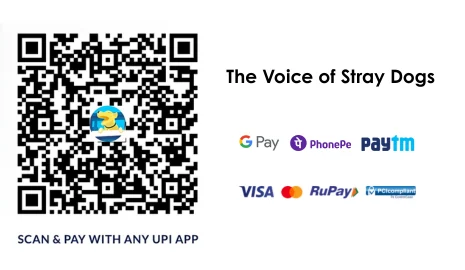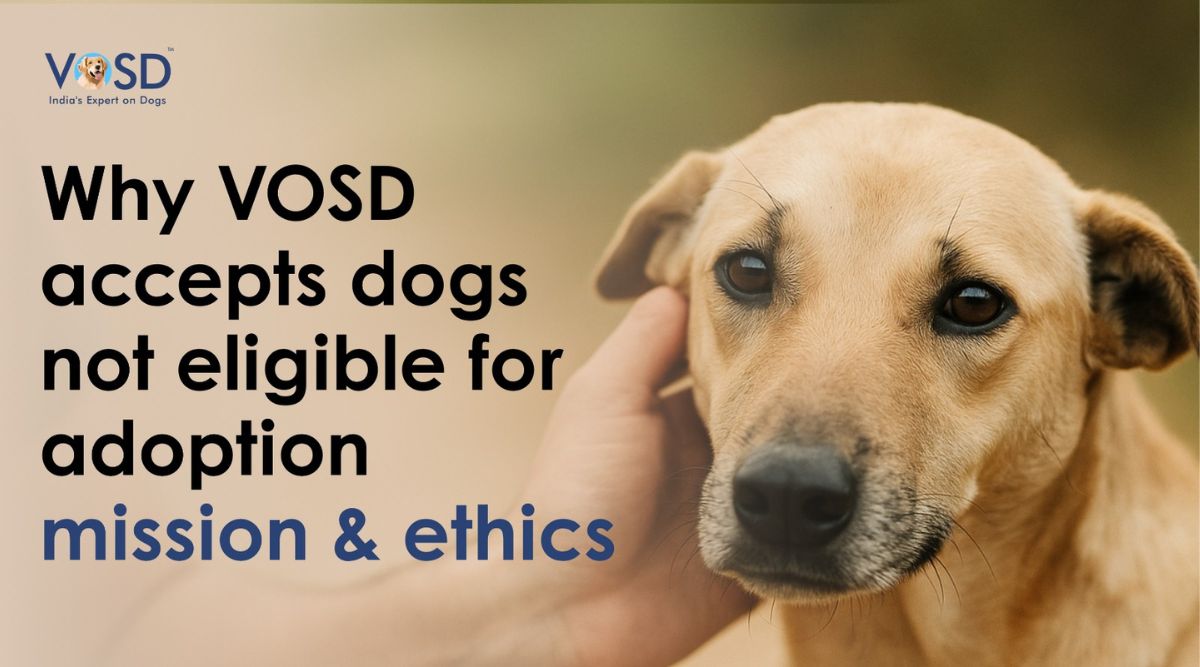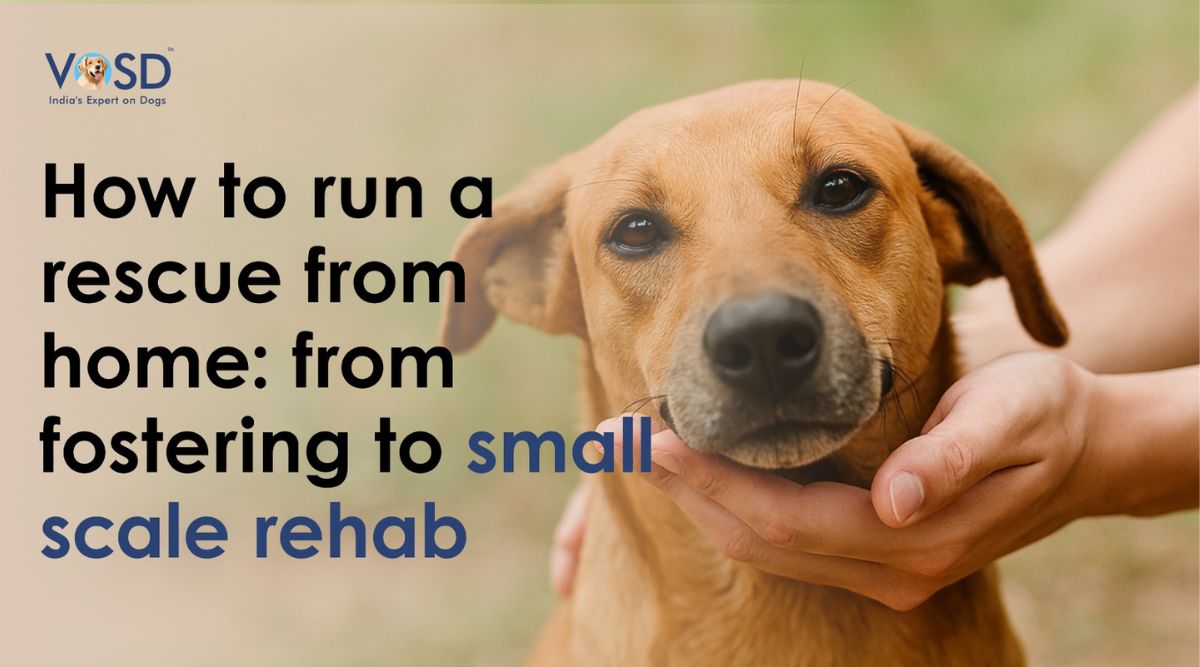Introduction: The New Era of Veterinary Care in India
India’s animal healthcare landscape is changing. With millions of pets and vast livestock populations, many communities, especially rural and semi-urban, still lack timely access to qualified veterinarians.
Tele-veterinary services and mobile vet clinics are closing that gap. Through online consults, doorstep units, and hybrid models, vets now reach remote villages, small towns, and urban peripheries , reducing preventable illness and improving animal welfare across the country.
What Tele-Veterinary Services Mean for Owners
Tele-veterinary care uses video calls, chat, and apps to connect owners with licensed vets. It enables fast advice for symptoms, diet, and minor wounds, and supports follow-ups with digital prescriptions and health records.
Common access modes:
- Video consultations , live assessment and behavioural checks.
- Chat/audio , quick triage, medication guidance.
- Mobile apps , medical history, vaccination reminders, e-prescriptions.
These tools make expert advice accessible to pet parents and farmers without long travel or delay.
Why Remote Veterinary Access Is Urgent
Rural India houses most livestock but has far fewer vets per animal than recommended standards. Barriers include distance, cost, and emergency response gaps , all of which raise mortality and reduce productivity.
Key problems:
- Long travel (20–50 km) for basic treatment.
- High transportation and opportunity costs.
- Delayed emergency care for birthing complications or injuries.
Tele-veterinary and mobile models overcome geography by delivering timely diagnosis and on-site interventions where they matter most.
Mobile Veterinary Care: How It Works
A mobile vet clinic is a vehicle with diagnostic kits, vaccines, and minor surgical tools that visits communities on a schedule or by request.
Typical services:
- On-site diagnosis, wound care, and minor procedures.
- Vaccination and deworming drives.
- Emergency response and farmer education.
- Awareness campaigns on nutrition and hygiene.
State programs like Tamil Nadu’s MVUs and Karnataka’s units (e.g., Pashu Sanjeevini) demonstrate measurable gains in livestock health and productivity.
Step-by-Step: How Telemedicine for Pets Works
- Book an appointment on a tele-vet app or platform.
- Upload pet details (age, symptoms, history).
- Live consultation via video/phone; vet assesses remotely.
- Digital prescription & aftercare with follow-up reminders.
- Integrations with partner labs and pharmacies for tests and deliveries.
This workflow preserves continuity of care while lowering cost and stress for animals and owners.
Key Benefits , Accessibility, Affordability & Continuity
Tele-veterinary and mobile vet services deliver clear advantages:
- Accessibility: Rural and semi-urban owners gain instant access to vets.
- Affordability: Reduces travel and time costs; makes preventive care viable.
- Continuity: Digital records and follow-ups improve long-term outcomes.
- Emergency response: Faster triage and deployment of mobile teams.
- Education: Scales preventive outreach on vaccination and nutrition.
Together, these benefits represent a practical revolution in animal healthcare delivery.
Challenges & Limitations
Adoption faces real hurdles:
- Connectivity: Poor internet limits real-time video consults in remote areas.
- Regulation: Veterinary telemedicine guidelines and cross-state licensing need clarity.
- Diagnosis constraints: Some conditions require palpation, lab work, or imaging.
- Digital literacy & trust: Farmers and owners may be unfamiliar or skeptical of online care.
Addressing these requires policy support, infrastructure investment, and community education.
Government & NGO Momentum
Public programmes and NGO initiatives are accelerating access:
- National schemes (like NADCP) are integrating mobile health and tele-vet outreach.
- State MVU programs and 24×7 helplines connect farmers to care quickly.
- NGOs and startups complement government action by operating mobile units and tele-advisory platforms.
For an example of structured rescue and outreach that complements telehealth efforts, see VOSD’s work on rescue, hospital services, and community programs.
How Technology & Startups Drive Growth
Startups and tech tools power the tele-vet ecosystem:
- Telemedicine platforms provide consults, e-prescriptions, and follow-ups.
- AI & data analytics help triage symptoms and predict outbreaks.
- IoT & wearables enable remote health monitoring for high-value livestock and pets.
- GIS mapping supports targeted vaccination and mobile unit routing.
Collaboration between tech innovators, NGOs, and local authorities is multiplying impact.
The Road Ahead: Scaling Tele-Vet in Rural India
Key priorities for sustainable scale:
- Connectivity investment for reliable rural internet.
- Clear tele-vet regulations to standardise prescriptions and cross-state practice.
- Training & digital literacy for vets and rural communities.
- Hybrid models combining teleconsults with scheduled mobile unit visits.
With policy backing and collaborative models, tele-veterinary care can become a core pillar of inclusive animal health in India.
Action Plan: How NGOs & Local Bodies Can Start Today
- Pilot a tele-vet channel: partner with a platform for scheduled consults.
- Deploy a mobile clinic on a weekly circuit for high-need villages.
- Digitise records: maintain cloud vaccination and treatment logs.
- Train community volunteers to capture photos/videos and triage calls.
- Collaborate with municipalities to integrate MVUs into public outreach.
Small pilots prove viability, attract funding, and build public trust for larger rollouts.
FAQ , Tele-Veterinary & Mobile Vet Care (Quick Answers for Search)
What is tele-veterinary care?
Tele-veterinary care connects animal owners with licensed vets through video, chat, or apps for remote diagnosis and guidance.
How do mobile vet clinics operate in India?
They are equipped vehicles providing vaccinations, minor surgeries, awareness, and emergency response directly in villages and towns.
Is online vet consultation safe?
Yes for non-emergency cases and follow-ups when done through verified platforms with registered vets. Critical cases still require in-person care.
Which programs lead to tele-vet adoption?
State MVUs (e.g., Tamil Nadu, Karnataka) and national schemes like NADCP are integrating telehealth and mobile units into livestock and pet care.








